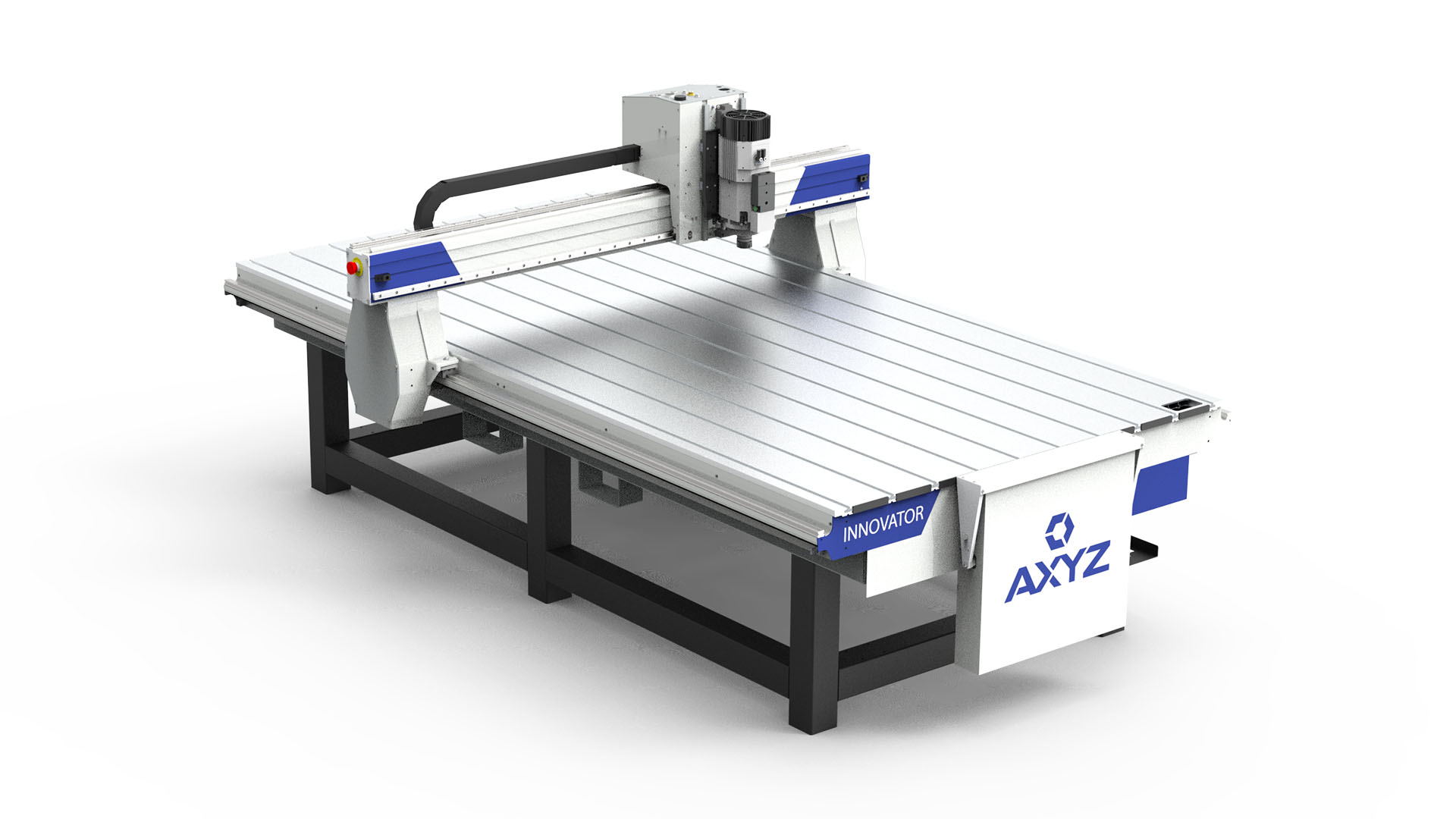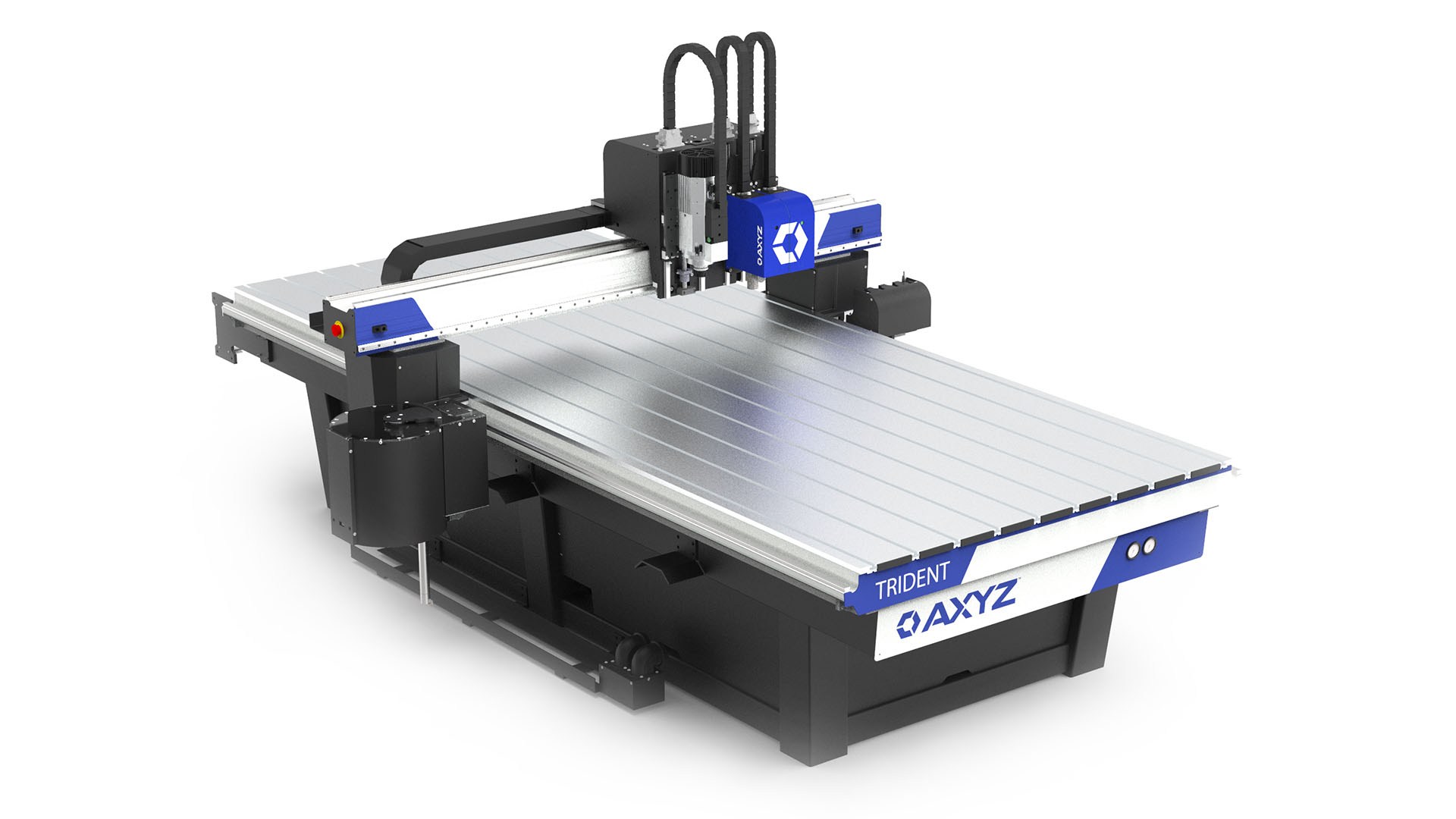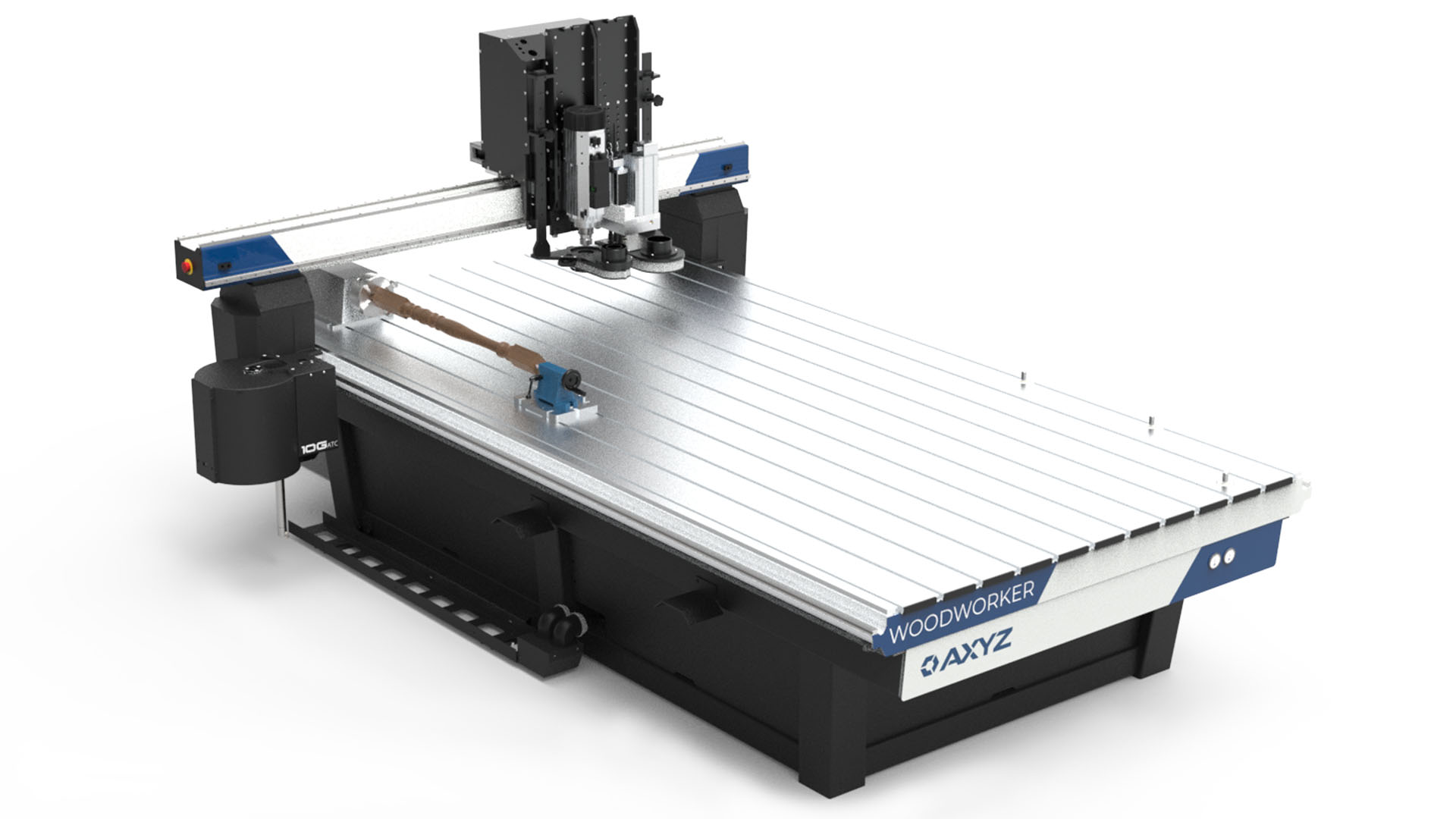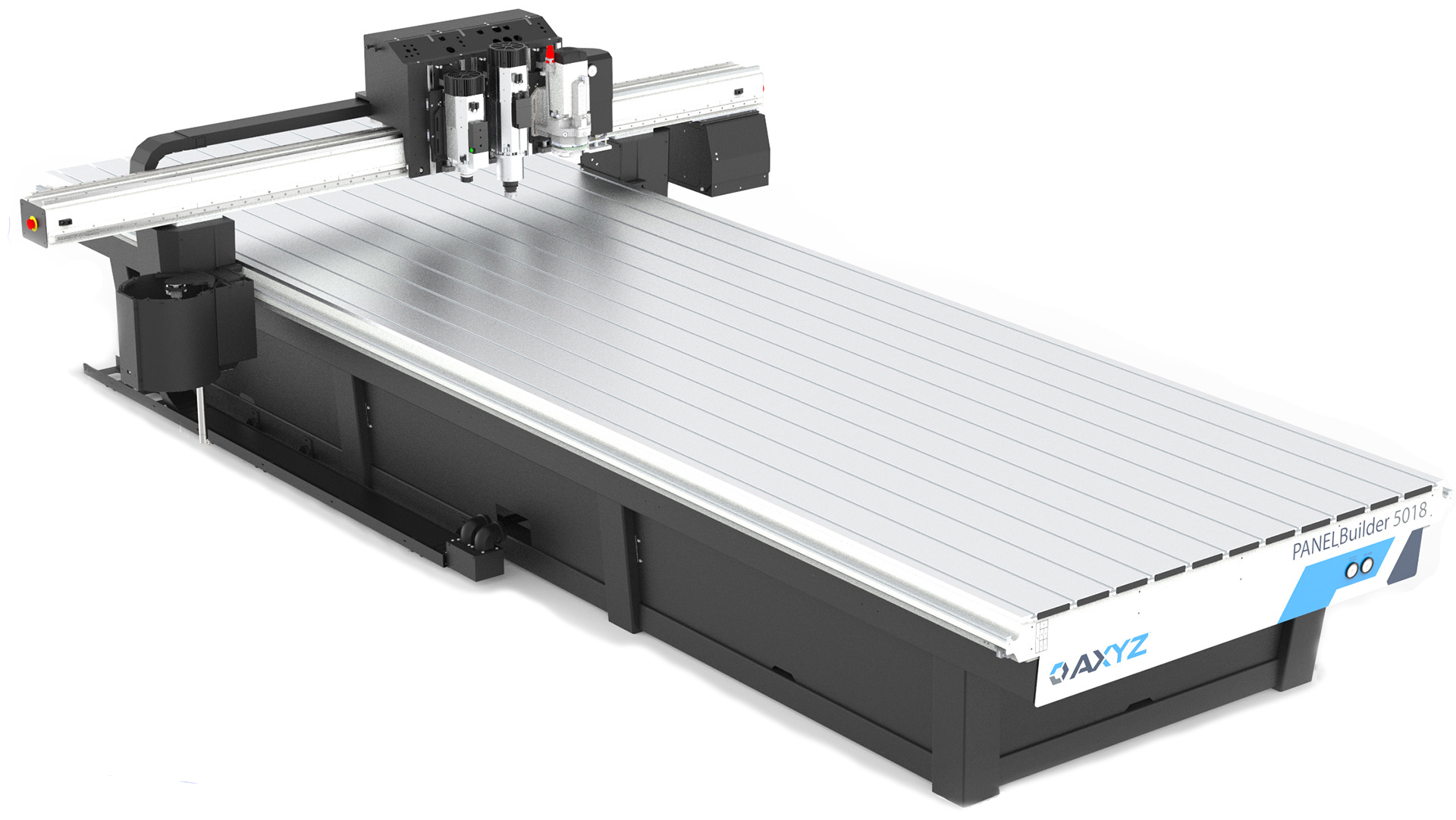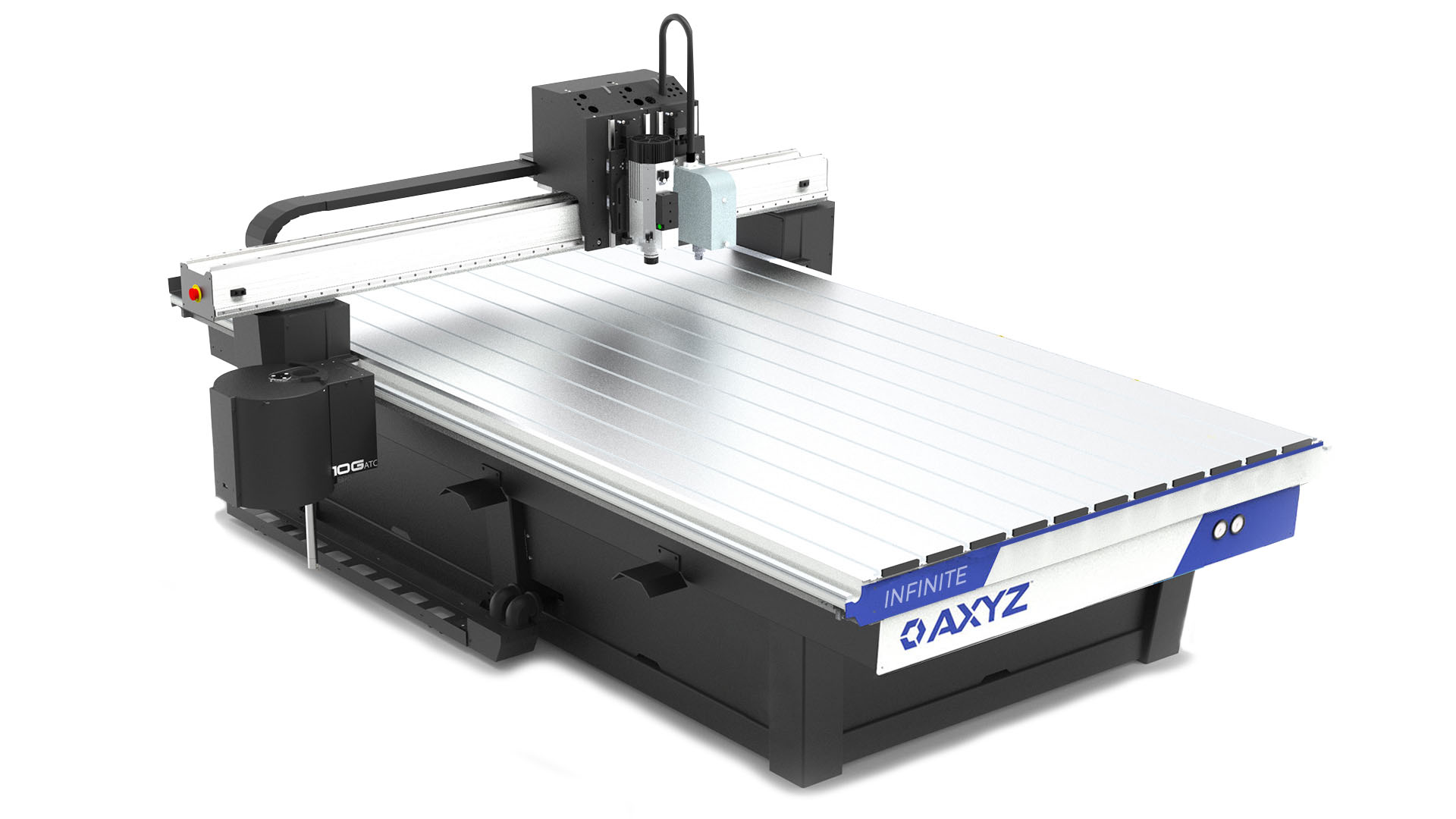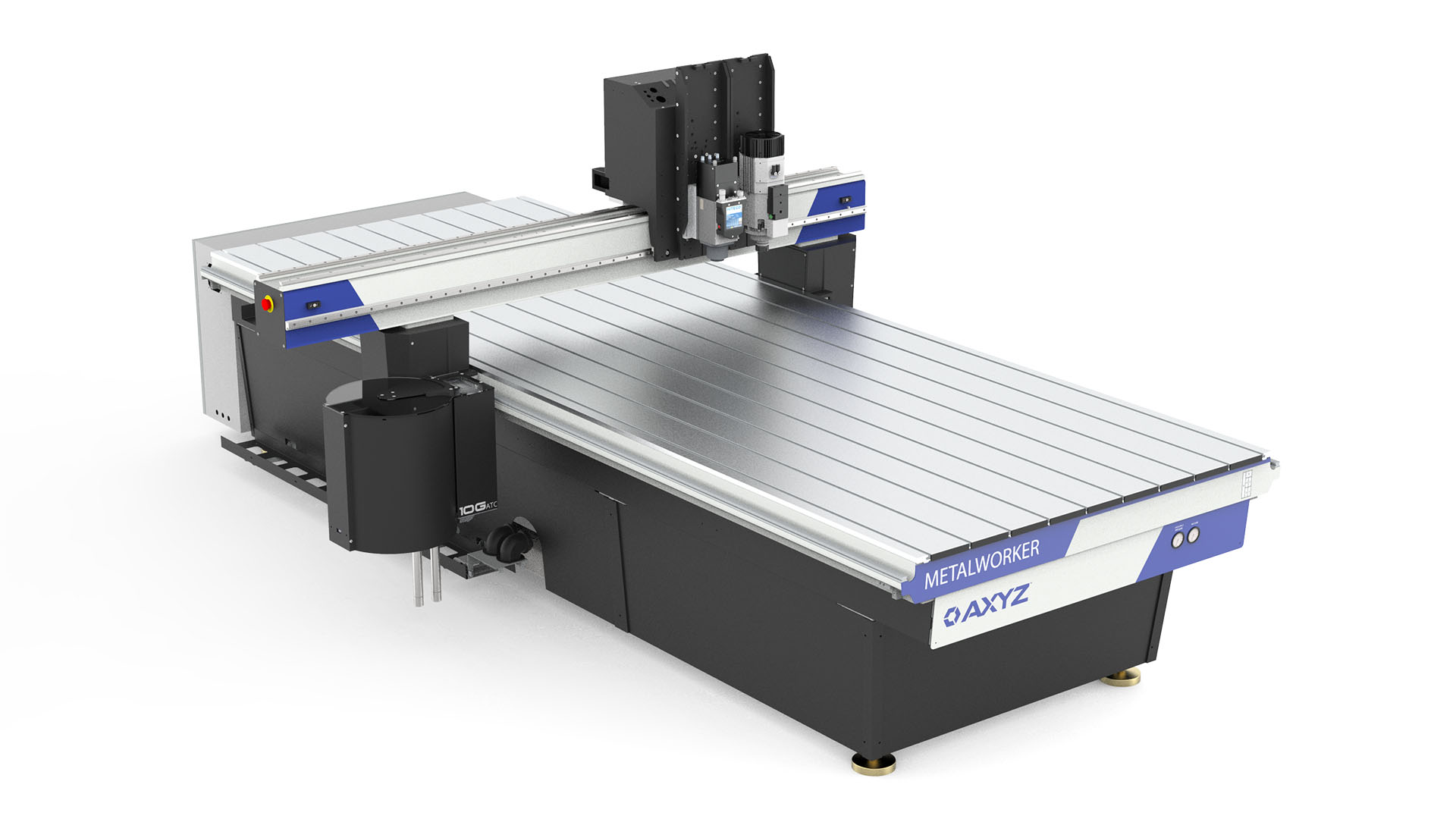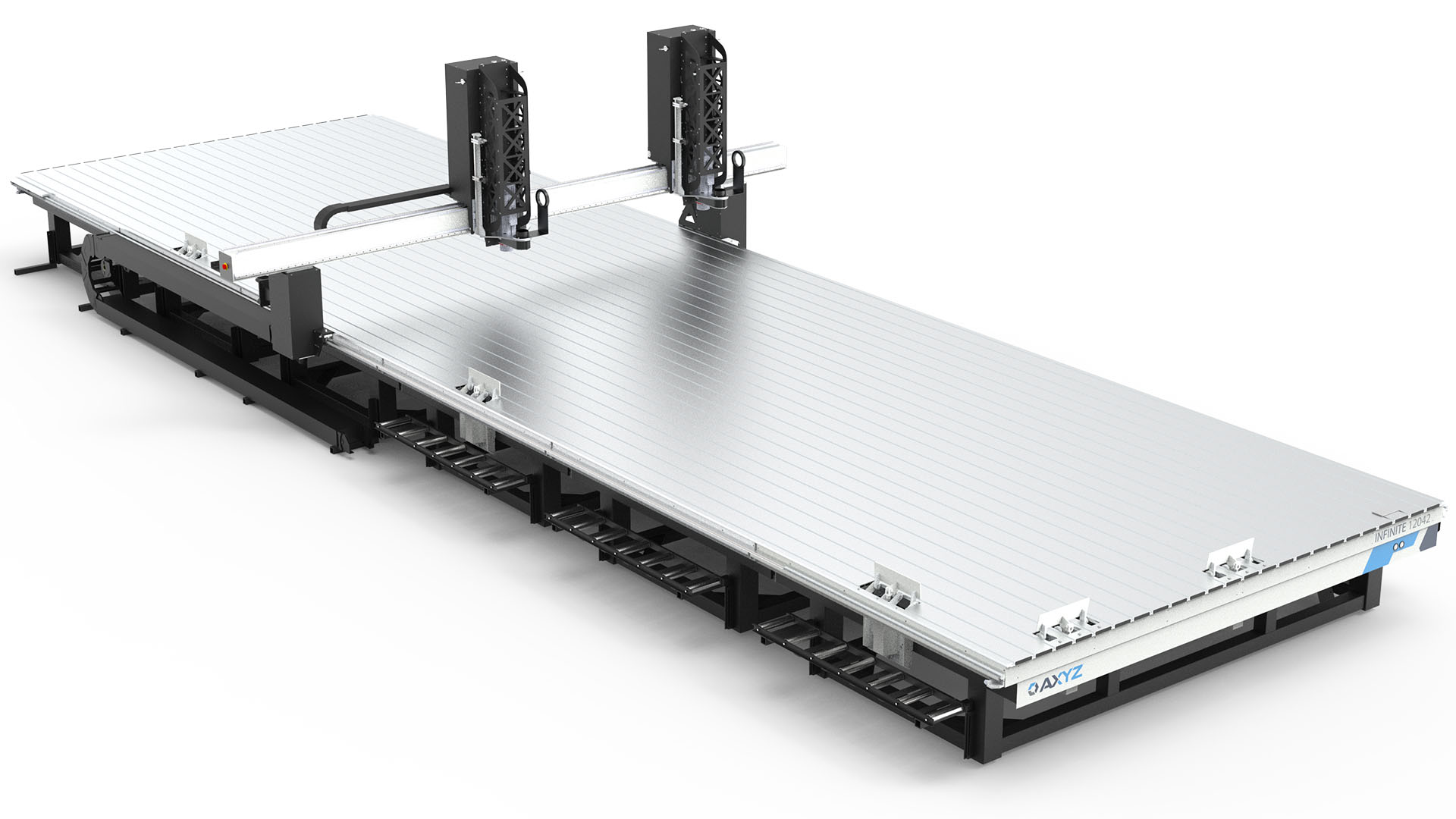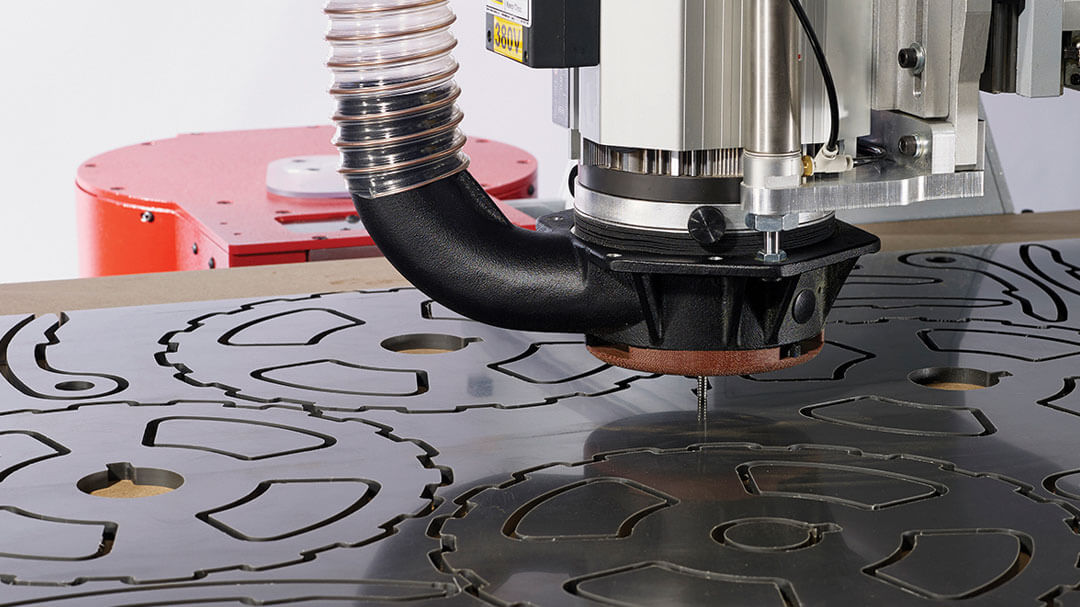Published in the December/January 2017/2018 issue of Performance Plastics.
This is the first of a 4-part series on how to avoid bad cut edges when using CNC routers. The focus of this article is on machine fundamentals. Poor quality cut edges are more than a visual distraction. In addition, they result in inaccuracy. A piece may need to be cut to a specific size to work with another part. A part that doesn’t pass the quality assurance test due to inferior cut quality will not be the size needed by the customer.
There are several fundamental machine features that affect cut quality, including the drive systems, spindle and general construction. If any of these are not up to the job, it will be difficult to achieve superior cut edges when processing acrylic and similar materials. When there are problems with the cut quality, it requires extra post-production time to clean up the cuts.
Machine fundamentals
Here’s how the configuration of a CNC router affects the cut quality of plastics:
Machine Construction
Vibration is the enemy when it comes to cut quality. Even a slight amount of vibration at the cutting head will create unsightly marks on the cut edge. Vibration can come from many sources including the drive systems, the spindle or even the controller, in the way machine motion is generated. These are difficult to eliminate completely but a well-designed machine construction will do much to dampen them to a point where they become negligible. A heavy duty, single piece, welded steel frame mounted on high quality machine mounts is one of the most effective ways to reduce vibration. Using a set of correctly specified machine mounts has been shown to reduce transmitted vibration in the machine by up to 98 percent. They also reduce noise levels and extend machine life.
Drive Systems
The type of drive system used plays a major role in cut quality. Any vibration caused by misalignment or roughness in the drives is transmitted directly to the cutter and shows up as notches or ripples in the surface of the cut part. The most common drive systems used on CNC routers are straight or helical rack and pinions or ballscrews. Ballscrews can provide extremely smooth motion but they have limitations when it comes to larger size machines. A long ballscrew can introduce unwanted vibration unless it is supported adequately or is of a sufficiently large diameter, which can be expensive. A conventional straight rack and pinion is extremely versatile, can be used in long lengths and is relatively cheap. The disadvantage is that by having a single pinion tooth engaged in the rack at any one time produces motion, which can be “notchy” and over time causes wear. This wear will introduce backlash in the drive which results in loss of accuracy and cut quality. The more advanced helical rack and pinion solves all of these problems without losing any of the advantages while performing as well as a ballscrew. With a helical drive, there are always multiple teeth engaged, which leads to smoother motion, reduced wear and the ability to achieve higher acceleration and feed rates. When coupled with high quality servo motors, a helical rack and pinion system can produce outstanding cut quality.
Routing Spindle
When running at 24,000 rpm or higher, any imbalance in the spindle or its bearings will become immediately apparent in tool marks on the workpiece. Buying a cheap spindle is a huge mistake when looking for best cut quality. Always follow the machine manufacturer’s recommendations. They know what works best on their machine and can help you find what is most suitable for a variety of applications. Consider using a high-speed spindle, which typically runs at 40,000 rpm, almost double that of a normal spindle. While these are more expensive devices, they offer significant advantages in terms of cut quality and up to three times faster processing times. However, because of the higher operating speeds, cooling systems are often required and good toolholding systems are needed to ensure the tool is held precisely and securely. Again, take advice from the machine manufacturer as to whether a high-speed spindle is appropriate for your needs.
Chip Removal
The effective removal of dust and debris during and after the cutting is crucial for achieving the best cut quality. If chips are not removed quickly and efficiently, they will become trapped in the cut and can then clog up the tool’s cutting flutes or even start to melt. If this happens, all chances of a quality cut are gone, and the piece will have a milky or frosted edge which can be rough to touch. Effective chip removal starts with a well-designed pressure foot which, when used correctly, will generate a cyclonic vortex which sucks the waste from the cut as quickly as possible. The bottom line is that if an operator is unsure about the best method for cutting any material,
the solution is to contact the manufacturer of the machine. The vendor’s technicians are welltrained resources of CNC router and cutting information. They can walk operators step-by-step through the process for achieving the best cut quality — one that is without ripples and where there is a smooth finish on the product.
Part two of this series will focus on how vacuum beds and material hold down affect cut quality.

